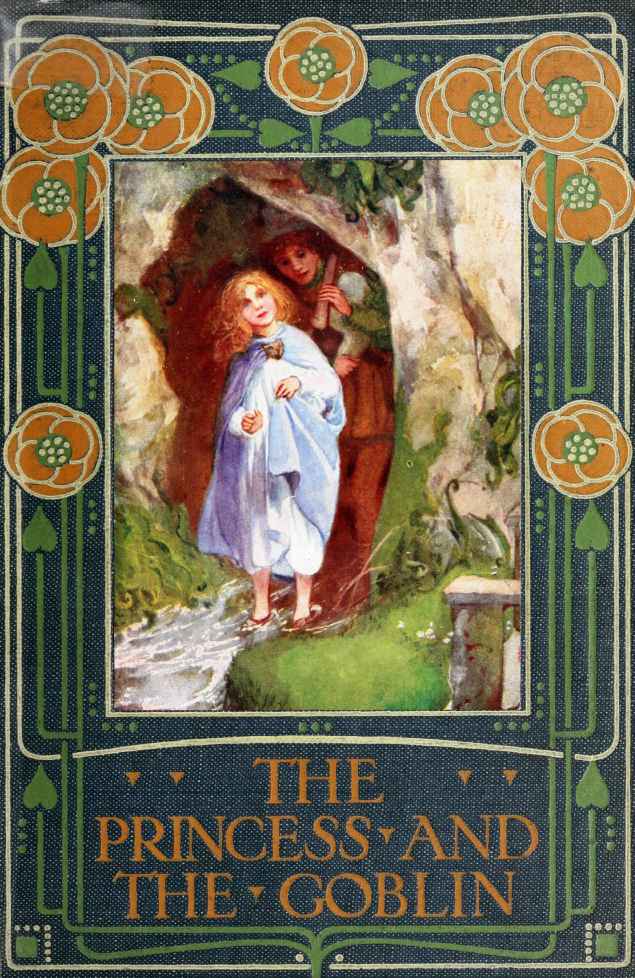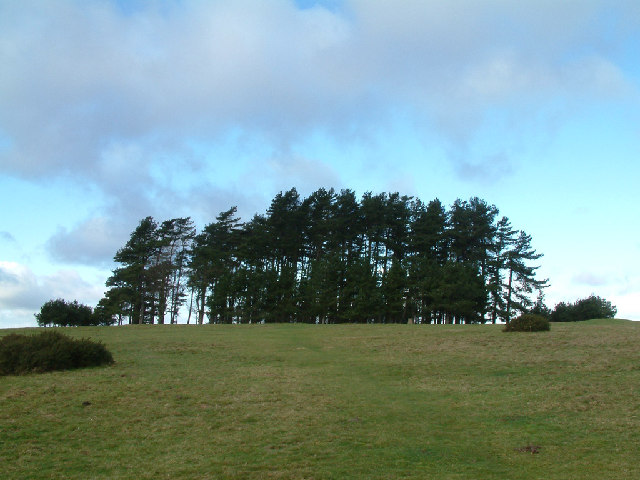|
Beautiful England
"Beautiful England" was the title of a series of short, illustrated travel/guide books first published in Britain by Blackie & Son around 1910 and continuing in print until the 1950s. Each title featured a particular region, town or city in England England is a country that is part of the United Kingdom. It shares land borders with Wales to its west and Scotland to its north. The Irish Sea lies northwest and the Celtic Sea to the southwest. It is separated from continental Europe b ... and was illustrated by watercolour landscape painter, E. W. Haslehust. Blackie & Son also published other related series: "Beautiful Scotland" (4 vols. or 4 pts. in 1 vol.), "Beautiful Ireland" (Leinster, Ulster, Munster, Connaught; painted by Alex. Williams; described by Stephen Gwynn; 4 vols. or 4 pts. in 1) and "Beautiful Switzerland" (Chamonix; Lausanne and its Environs; Lucerne; Villars and its Environs: all pictured and described by George Flemwell). Book titles ;"Beautiful Englan ... [...More Info...] [...Related Items...] OR: [Wikipedia] [Google] [Baidu] |
Walter Jerrold
Walter Copeland Jerrold (3 May 1865 – 27 October 1929) was an English writer, biographer and newspaper editor. Early life Jerrold was born in Liverpool, the son of Thomas Serle Jerrold and Jane Matilda Copeland (who were first cousins), and one of 11 children. His family had strong theatrical connections: Both his grandfather Douglas William Jerrold and uncle William Blanchard Jerrold were notable dramatists, and his great grandfather Samuel Jerrold was an actor and theater manager. Career Jerrold spent most of his life in London, starting work as a clerk in a newspaper counting-house, and going on to become deputy editor of ''The Observer''. He edited many classic texts for the newly founded Everyman's Library, wrote biographies, travel books (for the "Beautiful England" series - published by Blackie and Son Limited), edited children's books, and produced stories for children under the name of Walter Copeland. Family On 23 July 1895 he married Clara Armstrong Bridgeman ... [...More Info...] [...Related Items...] OR: [Wikipedia] [Google] [Baidu] |
Blackie And Son Limited
Blackie & Son was a publishing house in Glasgow, Scotland, and London, England, from 1809 to 1991. History The firm was founded as a bookseller in 1809 by John Blackie (1782–1874) as a partnership with two others and was known as 'Blackie, Fullarton and Company'. It began printing in 1819, using the skill and equipment of Edward Khull. It moved to Glasgow around 1830 and had premises at 8 Clyde Street facing the River Clyde. Following the retirement of Fullarton the company was renamed 'Blackie and Son' in 1831, remaining in the Clyde Street property, and becoming a public limited company in 1890. Later on, the business moved its Glasgow office to 17 Stanhope Street, and also opened offices at 5 South College Street in Edinburgh and 16/18 William IV Street, Charing Cross, London. The company also opened offices in Canada and India. It ceased publishing in 1991. Blackie and Son initially published books sold by subscription, including religious texts and reference books ... [...More Info...] [...Related Items...] OR: [Wikipedia] [Google] [Baidu] |
England
England is a country that is part of the United Kingdom. It shares land borders with Wales to its west and Scotland to its north. The Irish Sea lies northwest and the Celtic Sea to the southwest. It is separated from continental Europe by the North Sea to the east and the English Channel to the south. The country covers five-eighths of the island of Great Britain, which lies in the North Atlantic, and includes over 100 smaller islands, such as the Isles of Scilly and the Isle of Wight. The area now called England was first inhabited by modern humans during the Upper Paleolithic period, but takes its name from the Angles, a Germanic tribe deriving its name from the Anglia peninsula, who settled during the 5th and 6th centuries. England became a unified state in the 10th century and has had a significant cultural and legal impact on the wider world since the Age of Discovery, which began during the 15th century. The English language, the Anglican Church, and Engli ... [...More Info...] [...Related Items...] OR: [Wikipedia] [Google] [Baidu] |
E W Haslehust - The Roman Bath
E, or e, is the fifth Letter (alphabet), letter and the second vowel#Written vowels, vowel letter in the Latin alphabet, used in the English alphabet, modern English alphabet, the alphabets of other western European languages and others worldwide. Its name in English is English alphabet#Letter names, ''e'' (pronounced ); plural ''ees'', ''Es'' or ''E's''. It is the most commonly used letter in many languages, including Czech language, Czech, Danish language, Danish, Dutch language, Dutch, English language, English, French language, French, German language, German, Hungarian language, Hungarian, Latin language, Latin, Latvian language, Latvian, Norwegian language, Norwegian, Spanish language, Spanish, and Swedish language, Swedish. History The Latin letter 'E' differs little from its source, the Greek alphabet, Greek letter epsilon, 'Ε'. This in turn comes from the Semitic alphabet, Semitic letter ''He (letter), hê'', which has been suggested to have started as a praying ... [...More Info...] [...Related Items...] OR: [Wikipedia] [Google] [Baidu] |
E W Haslehust - Bere Regis
E, or e, is the fifth letter and the second vowel letter in the Latin alphabet, used in the modern English alphabet, the alphabets of other western European languages and others worldwide. Its name in English is ''e'' (pronounced ); plural ''ees'', ''Es'' or ''E's''. It is the most commonly used letter in many languages, including Czech, Danish, Dutch, English, French, German, Hungarian, Latin, Latvian, Norwegian, Spanish, and Swedish. History The Latin letter 'E' differs little from its source, the Greek letter epsilon, 'Ε'. This in turn comes from the Semitic letter '' hê'', which has been suggested to have started as a praying or calling human figure ('' hillul'' 'jubilation'), and was most likely based on a similar Egyptian hieroglyph that indicated a different pronunciation. In Semitic, the letter represented (and in foreign words); in Greek, ''hê'' became the letter epsilon, used to represent . The various forms of the Old Italic script and the Latin alph ... [...More Info...] [...Related Items...] OR: [Wikipedia] [Google] [Baidu] |
Sidney Heath
Sidney Herbert Heath (1872 - ?) was a notable English landscape artist, illustrator and author of books on local topography, history and architecture. He specialised in drawings of old buildings. He wrote several volumes for the "Beautiful England" series of travel books, illustrated by E W Haslehust, and published by Blackie and Son Limited Blackie & Son was a publishing house in Glasgow, Scotland, and London, England, from 1809 to 1991. History The firm was founded as a bookseller in 1809 by John Blackie (1782–1874) as a partnership with two others and was known as 'Black ... (see below). Illustrated books ;Written and illustrated by Heath: *Perkins, Thomas & Pentin, Herbet (Eds). Memorials of Old Dorset' (London, Bemrose, 1907). *' (The Homeland Association, 1907). *The Romance of Symbolism and its Relationship to Church Ornament and Architecture' (Francis Griffiths, 1909). *The South Devon and Dorset Coast' (T. Fisher Unwin, 1910). *Old English Houses of Alms ... [...More Info...] [...Related Items...] OR: [Wikipedia] [Google] [Baidu] |
Edward Thomas (poet)
Philip Edward Thomas (3 March 1878 – 9 April 1917) was a British poet, essayist, and novelist. He is considered a war poet, although few of his poems deal directly with his war experiences, and his career in poetry only came after he had already been a successful writer and literary critic. In 1915, he enlisted in the British Army to fight in the First World War and was killed in action during the Battle of Arras in 1917, soon after he arrived in France. A study centre dedicated to Thomas is located at Petersfield Museum in Hampshire. Life and career Background and early life Edward Thomas was the son of Mary Elizabeth Townsend and Philip Henry Thomas, a civil servant, author, preacher and local politician. He was born in Lambeth, an area of present-day south London, previously in Surrey. He was educated at Belleville School, Battersea Grammar School and St Paul's School, all in London. Thomas' family were mostly Welsh. Of his six great-grandparents for whom informati ... [...More Info...] [...Related Items...] OR: [Wikipedia] [Google] [Baidu] |
Travel Guide Books
Travel is the movement of people between distant geographical locations. Travel can be done by foot, bicycle, automobile, train, boat, bus, airplane, ship or other means, with or without luggage, and can be one way or round trip. Travel can also include relatively short stays between successive movements, as in the case of tourism. Etymology The origin of the word "travel" is most likely lost to history. The term "travel" may originate from the Old French word ''travail'', which means 'work'. According to the Merriam-Webster dictionary, the first known use of the word ''travel'' was in the 14th century. It also states that the word comes from Middle English , (which means to torment, labor, strive, journey) and earlier from Old French (which means to work strenuously, toil). In English, people still occasionally use the words , which means struggle. According to Simon Winchester in his book ''The Best Travelers' Tales (2004)'', the words ''travel'' and ''travail'' both ... [...More Info...] [...Related Items...] OR: [Wikipedia] [Google] [Baidu] |
Geography Of England
England comprises most of the central and southern two-thirds of the island of Great Britain, in addition to a number of small islands of which the largest is the Isle of Wight. England is bordered to the north by Scotland and to the west by Wales. It is closer to continental Europe than any other part of mainland Britain, divided from France only by a sea gap, the English Channel. The Channel Tunnel, near Folkestone, directly links England to mainland Europe. The English/French border is halfway along the tunnel. Most of England consists of low hills and plains, with upland and mountainous terrain in the north and west. Uplands in the north include the Pennines, an upland chain dividing east and west, the Lake District, containing the highest mountains in the country, the Cheviot Hills across the Anglo-Scottish border, and the North York Moors near the North Sea. Uplands in the west include Dartmoor and Exmoor in the south west and the Shropshire Hills near Wales. The a ... [...More Info...] [...Related Items...] OR: [Wikipedia] [Google] [Baidu] |





